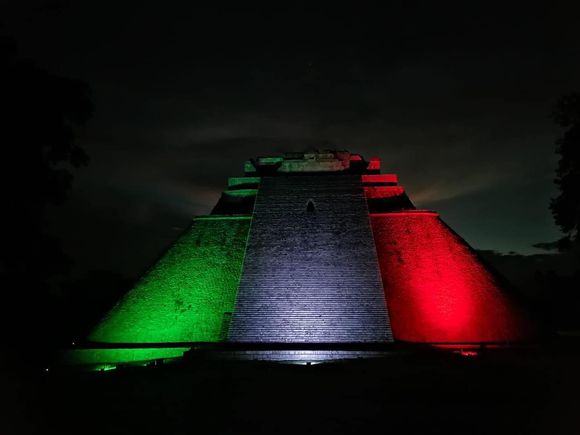MÉRIDA, Yucatan – Summer is about to come to an end and in Yucatán this change can be appreciated from different archaeological sites such as Chichén Itzá and Dzibilchaltún, where the autumnal equinox will be reflected, which in Mexico will take place this Saturday, September 23rd at 00:49 hours.
The equinox marks the beginning of autumn and the astro-archaeological phenomenon will take place in Chichén Itzá and Dzibilchaltún from Thursday 21, Friday 22 and Saturday 23.
Thus, in Chichen Itza, the god Kukulcan (feathered serpent) will begin its descent on the north alfarda of El Castillo, from where you can see that there are nine triangles that are decreasing in number until they disappear in the descent to the ‘Underworld’.

This means that at the autumnal equinox the daylight hours begin to decrease and the night hours increase, resulting in colder weather conditions.
The autumn equinox was fundamental in the social, economic, religious and scientific life of the ancient Maya, since for them it symbolized the beginning of the harvests.
Phenomenon in archaeological zones
A few days ago, CULTUR began organizing the logistics to receive the Autumn Equinoxes, both in Chichén Itzá and in Dzibilchaltún, with the passage of God Kin through the Temple of the 7 Dolls.

Preparations include logistics and operation, as well as the improvement and cleaning of both cultural and tourist service units administered by Cultur, to receive thousands of visitors.
The term equinox has its origin in the Latin word aequinoctium, which could be translated as “the night is equal”.
Among other things, autumn is characterized by lower temperatures than in summer, but meteorologists have warned that this autumn will be warmer than usual, and on the other hand they point out that there could be heavier rains than in previous years’ autumn periods.
TYT Newsroom


